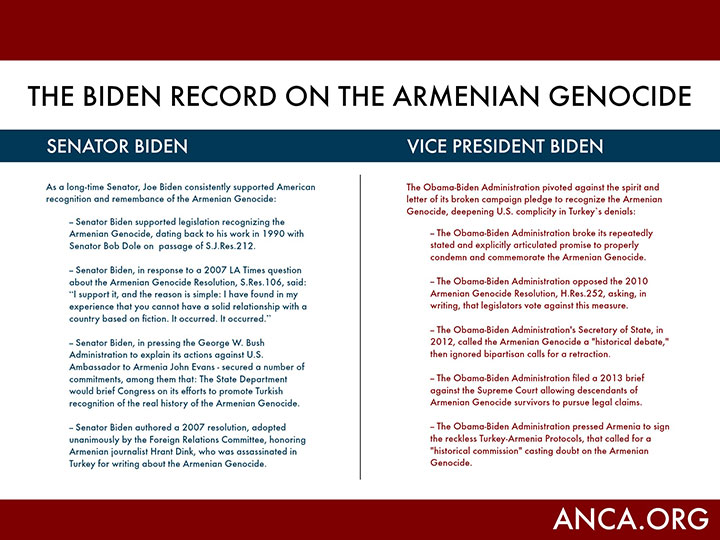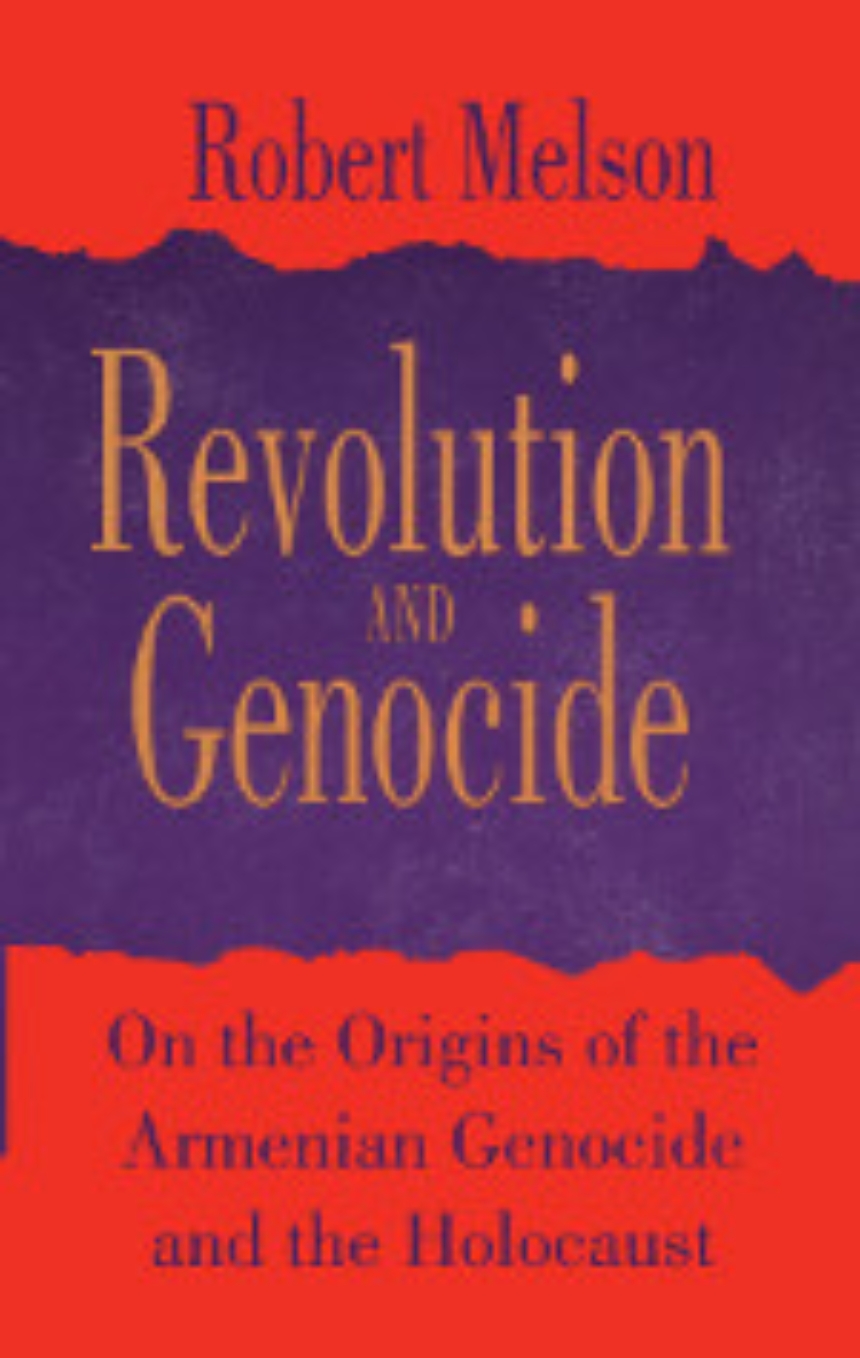Genocide is a horrific act that has occurred throughout history and continues to occur today. It is defined as the systematic extermination of a racial, ethnic, religious, or national group. The term was coined in 1944 by Raphael Lemkin, a Polish lawyer who fled the Nazi occupation of Poland and later became a United States citizen.
There have been numerous genocides throughout history, and it is important to compare and contrast them in order to better understand the causes and consequences of such acts of violence.
One example of a genocide is the Holocaust, which occurred during World War II and was perpetrated by the Nazi regime in Germany. The Holocaust targeted Jews, as well as other minority groups such as homosexuals, Romani people, and individuals with disabilities. Approximately six million Jews were killed during the Holocaust, which represented about two-thirds of the Jewish population in Europe at the time.
Another example of a genocide is the Armenian Genocide, which occurred during World War I and was perpetrated by the Ottoman Empire. The Armenian Genocide targeted the Armenian population living in the Ottoman Empire, resulting in the death of approximately 1.5 million Armenians. The Armenian Genocide is controversial, as it is not recognized as such by the government of Turkey, which successor state to the Ottoman Empire.
A more recent example of a genocide is the Rwandan Genocide, which occurred in 1994 and was perpetrated by the Hutu majority against the Tutsi minority in Rwanda. The Rwandan Genocide resulted in the death of approximately 800,000 Tutsi and moderate Hutu.
When comparing these genocides, it is clear that they were all motivated by a desire to eliminate a particular group of people based on their identity. The Holocaust targeted Jews due to the anti-Semitic beliefs of the Nazi regime, the Armenian Genocide targeted Armenians due to their perceived threat to the Ottoman Empire, and the Rwandan Genocide targeted Tutsis due to longstanding ethnic tensions between the two groups.
Another commonality among these genocides is the use of propaganda to justify the extermination of the targeted group. The Nazi regime used propaganda to portray Jews as a threat to the German people, while the Ottoman Empire used propaganda to portray Armenians as a threat to the stability of the empire. In Rwanda, propaganda was used to portray Tutsis as the oppressors of the Hutu majority.
It is also important to note that these genocides were not carried out in isolation, but rather were facilitated by the political and social conditions of the time. The Holocaust occurred during a time of political instability and economic turmoil in Europe, while the Armenian Genocide occurred during the collapse of the Ottoman Empire. The Rwandan Genocide occurred during a time of political unrest and civil war in Rwanda.
In conclusion, genocides are horrific acts of violence that have occurred throughout history and continue to occur today. They are motivated by a desire to eliminate a particular group of people based on their identity, and are facilitated by the political and social conditions of the time. It is important to compare and contrast genocides in order to better understand the causes and consequences of such acts of violence and to work towards preventing them from occurring in the future.






